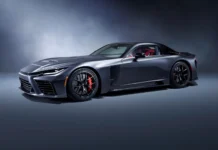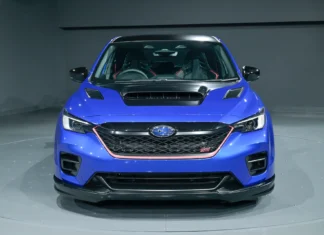We didn’t see the Ford Fiesta for long, but it’s more significant than you might think.
After nearly forty years, seven generations and nearly 20 million examples, the Ford Fiesta is set to bow out globally next year. If you’re thinking, “Wait, isn’t the Fiesta already gone?”, I certainly don’t blame you. Compared to the car’s entire lifespan, Ford has only introduced its subcompact hatchback to the U.S. market in brief stints. We last saw a “new” Fiesta in 2011. It stuck around for a bit, but Blue Oval pulled it from our market in 2018 because, well, we Americans don’t like small cars.
Thanks to changing conditions in the European market — namely an intensive push toward electrification — Ford’s long-running Fiesta is getting the boot over there too, as well as its S-Max and Galaxy derivatives. It’s the end of an era over there, as the model stayed in continuous production since 1976. The Ghia-designed car launched that year as a response to that decade’s oil crisis, as a fuel-efficient alternative to other hatchbacks on the market, like the Volkswagen Polo.
Even though the Ford Fiesta still sells decently well in the European market, the winds of change are fiercely blowing these days. Not only are buyers leaning toward the small, Fiesta-based Puma crossover instead, but the automaker intends to shift resources toward developing electrified models. Like over here, the razor-thin profit margins for the Fiesta against more expensive, feature-rich vehicles no longer makes sense. At least, that’s one justification for killing it off.
Still, it was one hell of a run. The production run isn’t quite over yet, as the Fiesta will officially cease in June 2023. We might see an electric supermini from the brand eventually, but odds are we’ll get a small crossover instead.


























